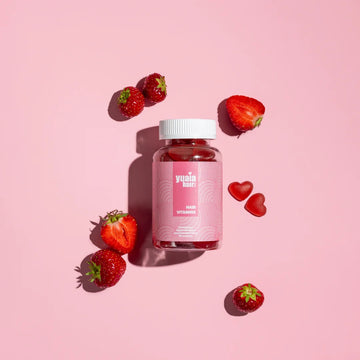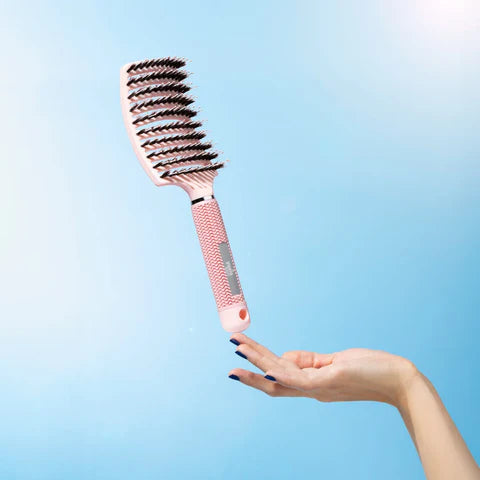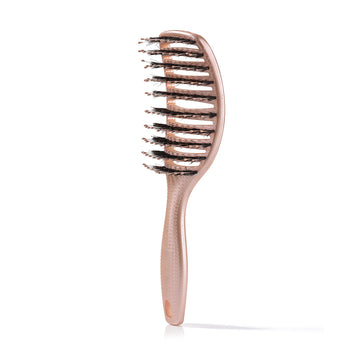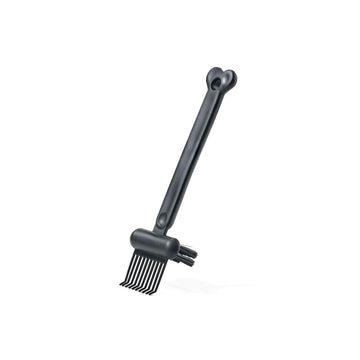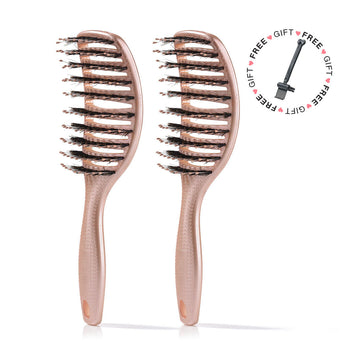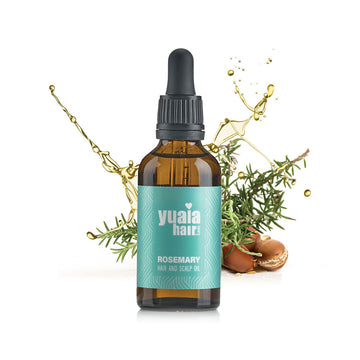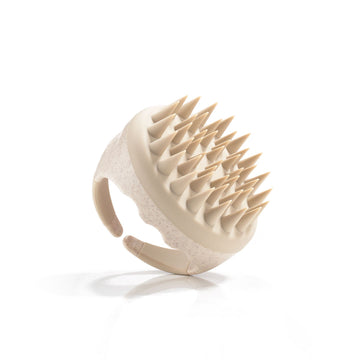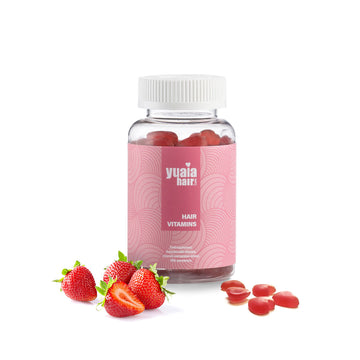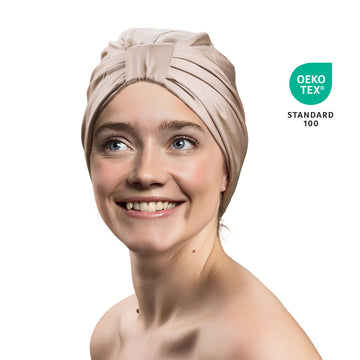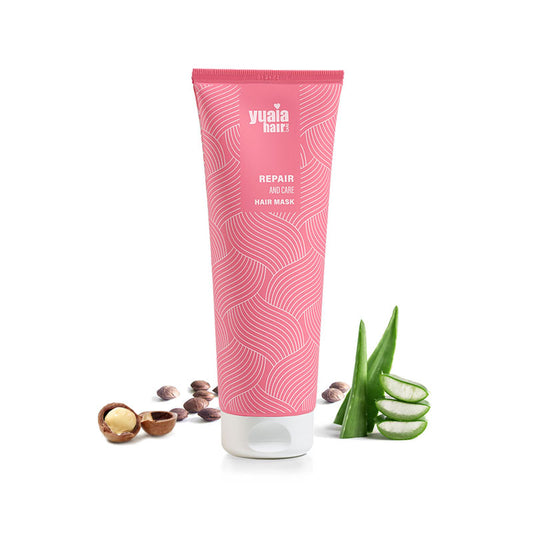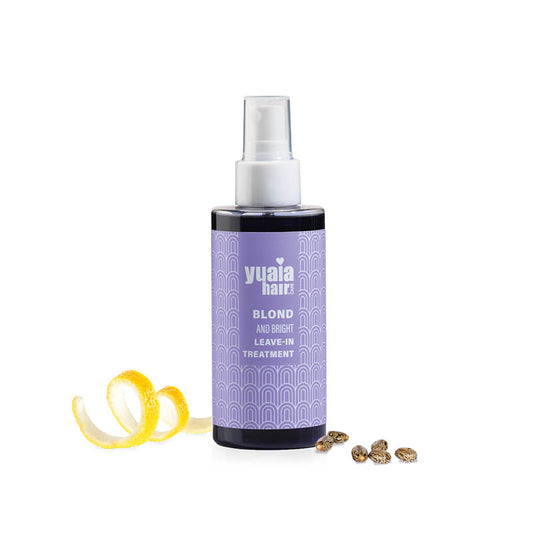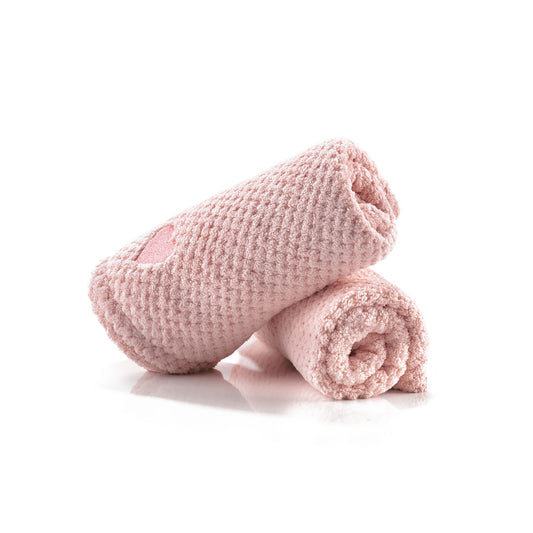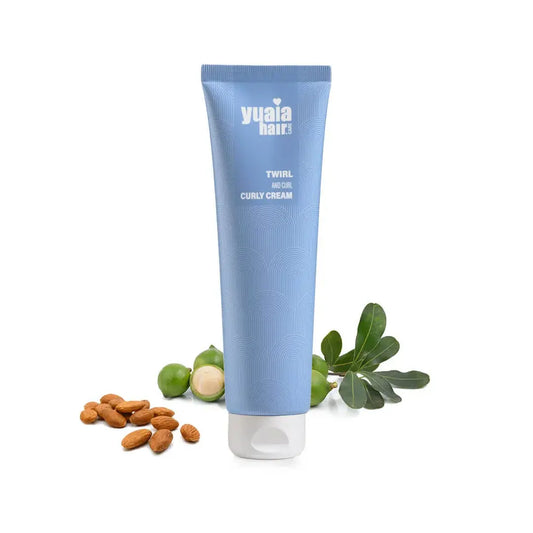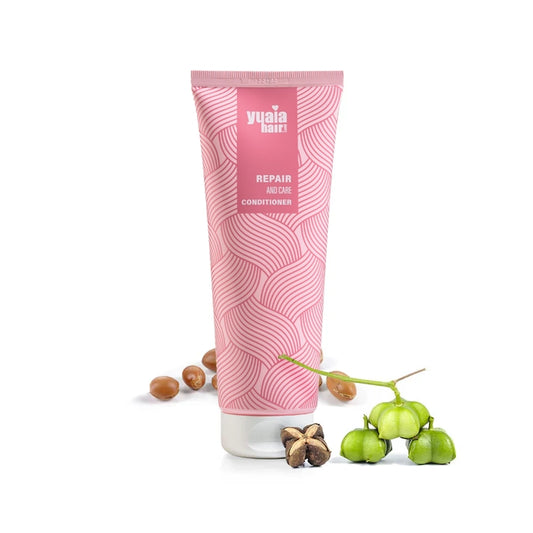
Deep conditioning insights
Deep conditioners serve as a powerful ally in your hair care routine, especially when your hair is crying out for extra moisture and repair. Unlike regular conditioners, deep conditioners are formulated to penetrate deeply, making them ideal for addressing specific concerns like damage from heat styling or color treatments. The timing for leaving a deep conditioner in your hair can vary based on your hair's needs and the specific product instructions.
When to use deep conditioners
Deep conditioners are not for everyday use but are perfect for a weekly indulgence, especially if your hair feels dry or damaged. They are particularly beneficial after chemical treatments or excessive heat styling, as they help restore the moisture balance and repair damage. For those with colored or chemically treated hair, incorporating a deep conditioner into your routine can be a game-changer in maintaining hair health.
Recommended duration
For optimal results, leave a deep conditioner in your hair for about 10 to 30 minutes. This duration allows the product to effectively work its magic, hydrating and repairing your hair. Some may choose to leave it overnight, especially if their hair is severely damaged, but this should be done sparingly to avoid over-conditioning. Always refer to the product's instructions to ensure you're using it correctly.
Frequency of use
To maintain healthy hair without over-conditioning, it's best to use deep conditioners no more than once a week. Overuse can lead to product build-up and make hair feel heavy or greasy. By limiting usage, you can enjoy the benefits of deep conditioning without the drawbacks of over-conditioning.
Leave-in conditioners explained
Leave-in conditioners are a versatile addition to any hair care routine, offering benefits that regular and deep conditioners might not provide. They are designed to be applied to towel-dried hair and left in, providing continuous moisture and protection throughout the day. This type of conditioner is particularly beneficial for those looking to manage frizz, detangle, or add an extra layer of moisture.
Purpose and benefits
Leave-in conditioners are ideal for detangling hair, controlling frizz, and providing ongoing hydration. They can be especially helpful for those with curly or dry hair types, as they offer a lightweight solution to maintain moisture balance without weighing the hair down. By applying a leave-in conditioner, you can keep your hair manageable and smooth throughout the day.
Application method
To apply a leave-in conditioner, start with towel-dried hair and distribute the product evenly from mid-length to ends. Avoid applying directly to the roots to prevent any potential greasiness. Unlike regular conditioners, leave-in products are designed to stay in your hair, providing long-lasting benefits without the need for rinsing.
Ideal hair types
While leave-in conditioners can benefit all hair types, they are particularly advantageous for curly or dry hair. These hair types often require extra moisture and frizz control, making leave-in conditioners an excellent choice. If you have curly hair, consider using our Twirl and Curl curly cream for enhanced curl definition and hydration.
Avoiding over-conditioning
While conditioner is an essential part of maintaining healthy hair, using too much can lead to undesirable effects. Recognizing the signs of over-conditioning can help you adjust your routine for optimal results. Hair that feels greasy, heavy, or limp may indicate that you're using too much conditioner or leaving it in for too long.
To prevent over-conditioning, it's important to use the right amount of product for your hair type and length. For most hair types, a small amount is sufficient. Adjust the quantity based on your hair's thickness and condition. Additionally, consider the frequency of conditioning; using a deep conditioner or leave-in product too often can lead to build-up and weigh your hair down.
Rinsing techniques for best results
Rinsing your conditioner thoroughly is crucial to achieving the best results and avoiding product residue. Residue can lead to build-up, making hair appear dull and lifeless. To ensure all conditioner is removed, rinse your hair with lukewarm water, which helps seal the hair cuticle and lock in moisture without leaving excess product behind.
Pay special attention to the roots and scalp while rinsing, as these areas are more prone to build-up. For those with longer hair, consider flipping your hair forward to rinse thoroughly from root to tip. This method ensures that every strand is free from excess conditioner, leaving your hair light and manageable.
Frequently asked questions
How do I know if I'm using too much conditioner?
If your hair feels greasy, heavy, or lacks volume after conditioning, you might be using too much. Try reducing the amount and see if your hair feels lighter and more manageable.
Can I leave regular conditioner in overnight?
It's generally not recommended to leave regular conditioner in overnight, as it can lead to over-conditioning. For extended conditioning, opt for a deep conditioner or hair mask made for overnight use.
What should I do if my hair feels greasy after conditioning?
If your hair feels greasy, try using less conditioner and ensure you rinse it out thoroughly. Consider adjusting the frequency of conditioning to see if that helps.
Is it necessary to condition every time I wash my hair?
Conditioning after every wash helps maintain moisture and manageability, but the frequency can be adjusted based on your hair type and needs. For oily hair, you might condition less often, while dry or damaged hair may benefit from regular conditioning.
 2-5 day delivery
2-5 day delivery
 25.000+ satisfied customers
25.000+ satisfied customers
 Satisfaction Guarantee
Satisfaction Guarantee

